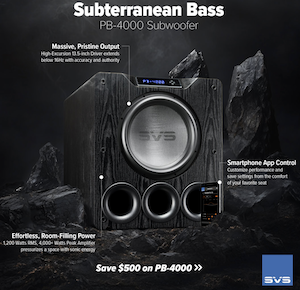Jimmy Venema
Registered
Thread Starter
- Joined
- Apr 25, 2019
- Posts
- 17
I build speakers as a hobby and use REW as measurement tool and I'm very happy with it, but still have an improvement request.
A common practice to verify if there are no naste resonances from your cabinet is to have a look at a Burst Decay graph. It looks very similar to the waterfall graph, it is also 3D like, but the difference is the time axis. Instead of having the time, this axis now represents the number of cycles at that frequency. Thus "10" at 1 kHz is effectively 10 ms, but would be 1 ms at 10 kHz.
For a loudspeaker cabinet it is important that within a number of cycles the level is decayed below a certain level. Thus it is essentially the waterfall with the time axis represented slightly different. I think many hobby speaker builders would be very happy with this feature. I know that the origin of the program is targeted at room accoustics and the improvement of it, but I know that the program is also very popular in the speaker builder community.
A common practice to verify if there are no naste resonances from your cabinet is to have a look at a Burst Decay graph. It looks very similar to the waterfall graph, it is also 3D like, but the difference is the time axis. Instead of having the time, this axis now represents the number of cycles at that frequency. Thus "10" at 1 kHz is effectively 10 ms, but would be 1 ms at 10 kHz.
For a loudspeaker cabinet it is important that within a number of cycles the level is decayed below a certain level. Thus it is essentially the waterfall with the time axis represented slightly different. I think many hobby speaker builders would be very happy with this feature. I know that the origin of the program is targeted at room accoustics and the improvement of it, but I know that the program is also very popular in the speaker builder community.












